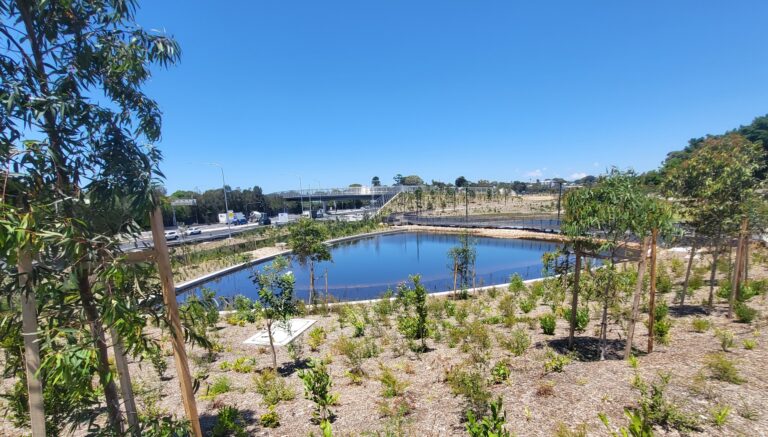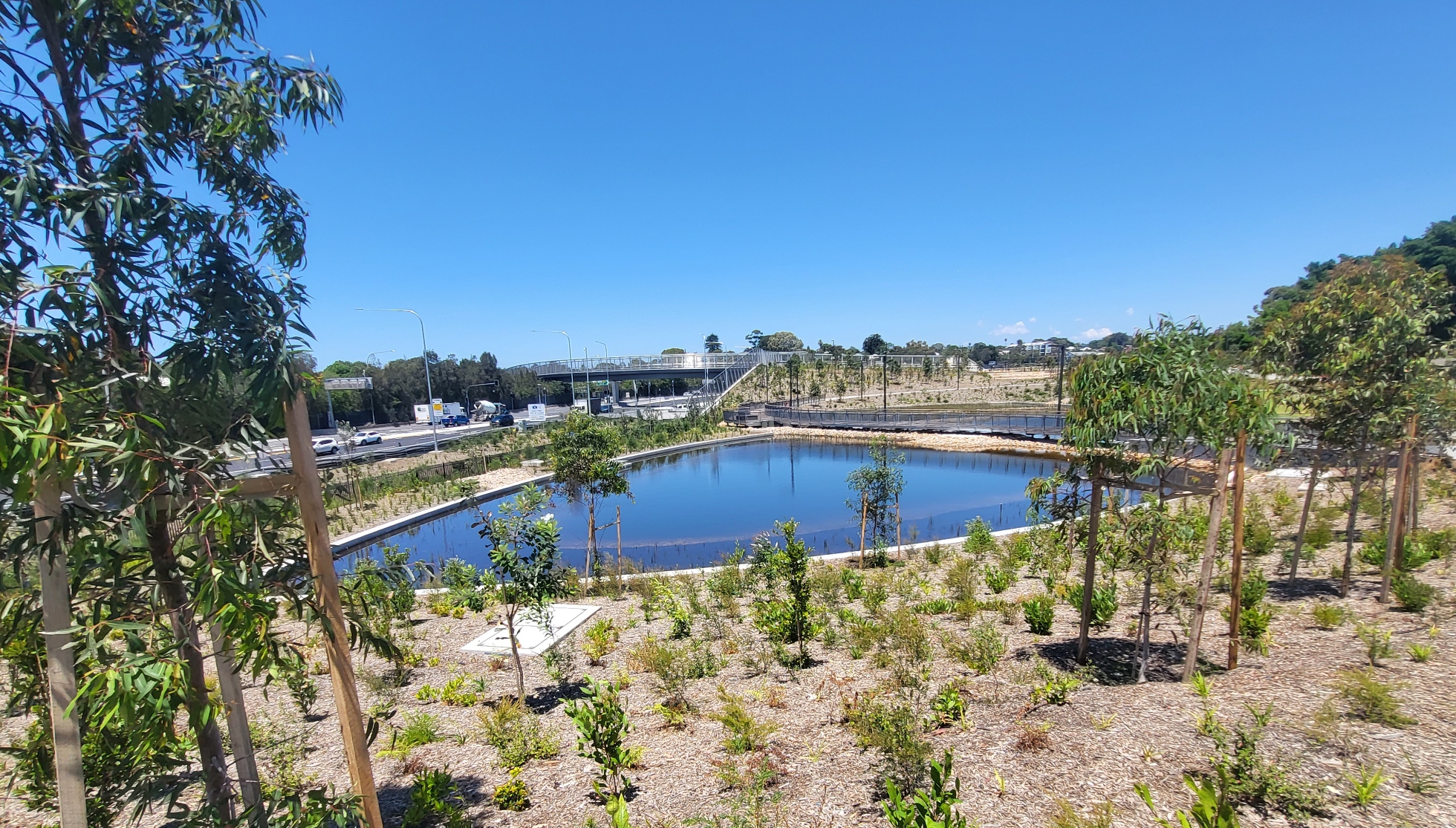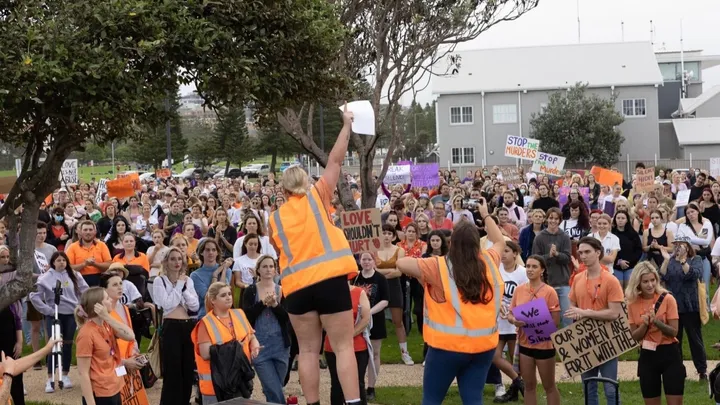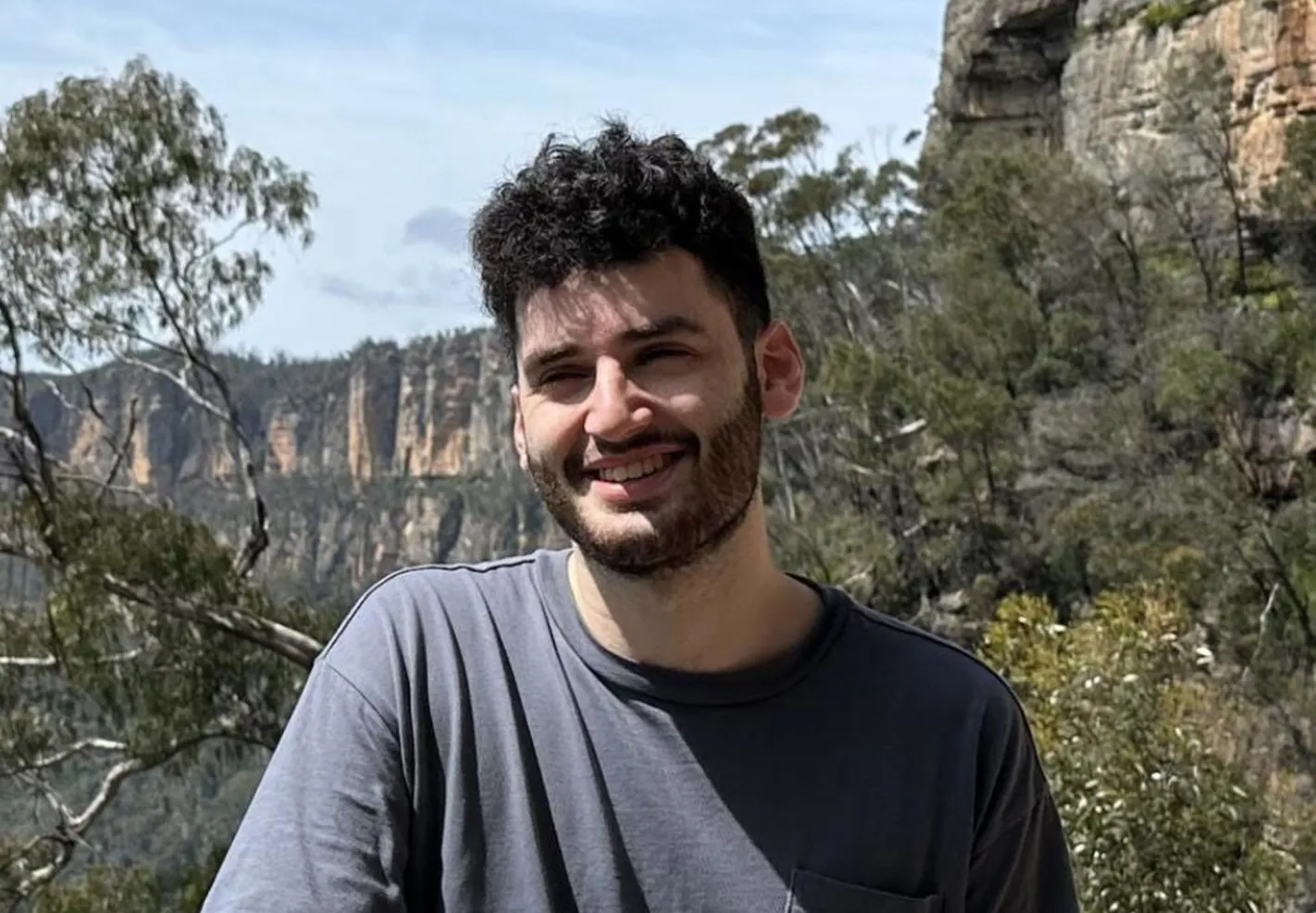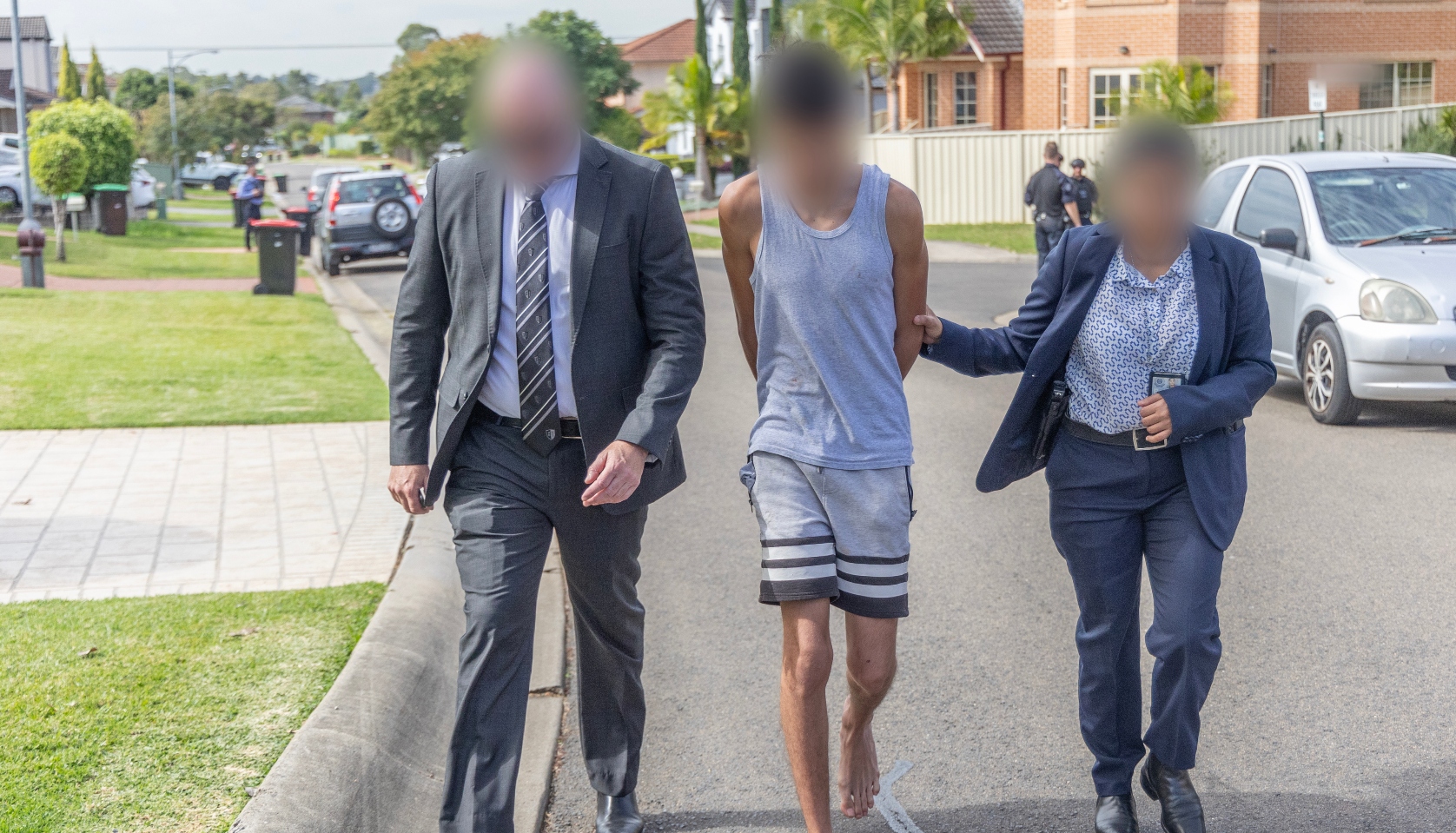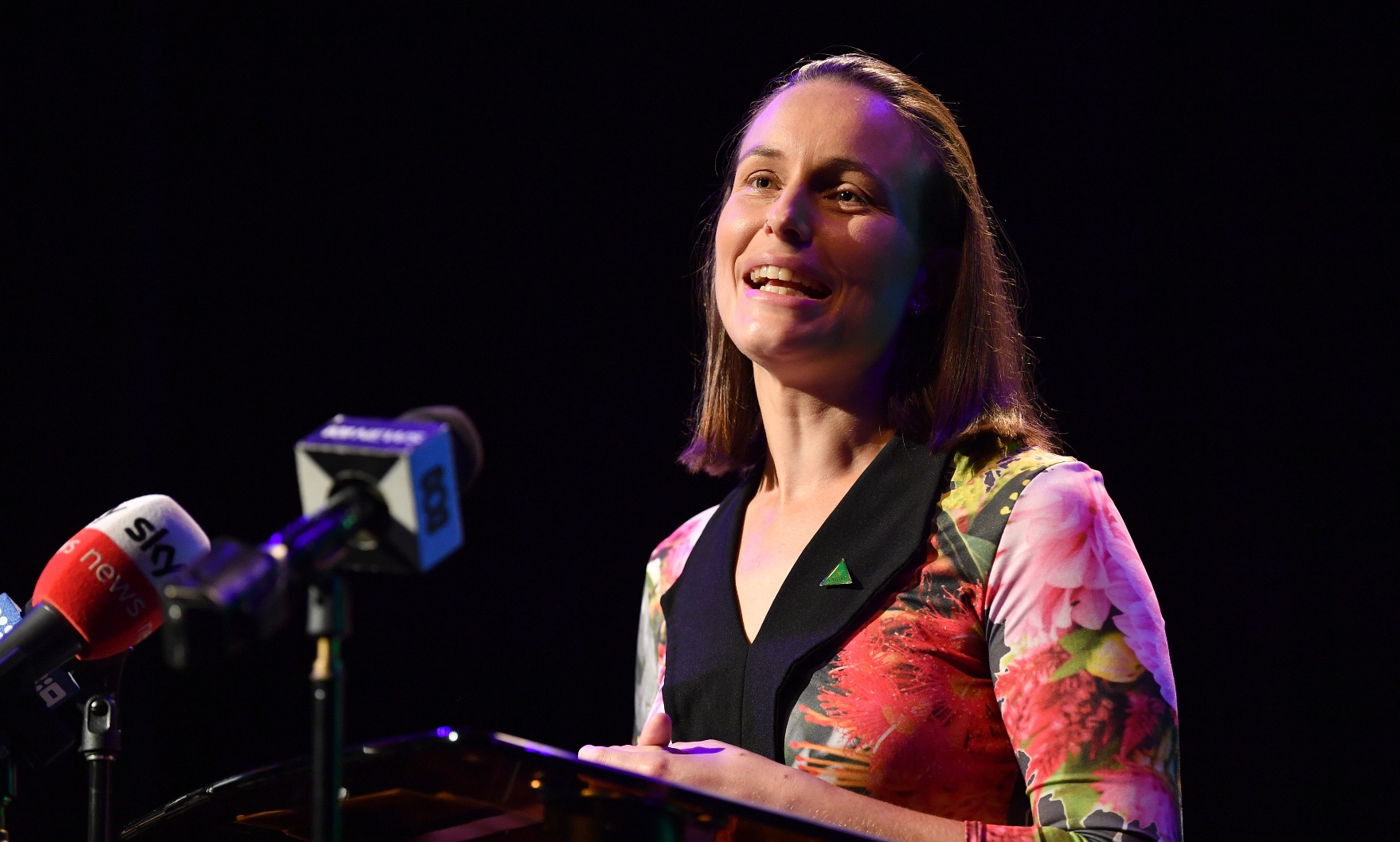
Westconnex and the Rozelle Interchange: A puff piece dissected

Image: Anti-Westconnex banner. Image: WestConnex action group.
Opinion by PETER HEHIR.
Media coverage on the impending opening of the Westconnex Rozelle Interchange has failed to address the shortcomings of the project.
The Sydney Morning Herald (SMH) article published on 15 June by Matt Sullivan states that the “massive underground interchange beneath Sydney’s inner west will be opened to motorists within months, completing the final piece of the $17 billion WestConnex motorway and promising to relieve congestion on local roads and the Anzac Bridge”.
SGS Economics, when engaged by the City of Sydney Council, independently costed the WestConnex motorway, including what was originally Stage 4 (the Western Harbour Tunnel aka the WHT), at some $45 billion. This figure was made public in 2017.
Whilst the new 1.1 kilometre tunnel bypass of Victoria Road in Rozelle – linking the Iron Cove and Anzac bridges – will be free for vehicles, what is never mentioned in the mainstream media is that the unfiltered exhaust stack on Victoria Road will release into the adjoining residential area roughly the same amount of toxic material as the unfiltered M5 East stack at Turrella.
Lung cancer threat
This stack has long been suggested as the primary cause of a 44% lung cancer spike in Earlwood among residents who all live downwind of the plume. South Sydney Area Health Service provided this figured and confirmed that, at the time of the study, the statewide incidence of lung cancer had actually fallen by 9%.
NSW Roads Minister John Graham in describing the complex project as “an engineering marvel’’ also said “the interchange was crucial to delivering travel time savings of up to 40 minutes for motorists using WestConnex”.
However Graham, like all of the proponents of WestConnex, ignores the fact that much of the travel time saved will be spent in the tunnels near the exits, as traffic backs up approaching the inevitable bottleneck at the three White Bay tunnel portals and at the Anzac Bridge.
Any freeway user will be familiar with the choke point that is impossible to avoid when re-entering the local road network.
On approaching the portals, the air in the tunnels will be some 50 times more toxic than the ambient air. This figure comes from tests conducted by the RMS at the portals of the Lane Cove Tunnel. The projected increased volume of traffic will also ensure that the congestion at White Bay will significantly worsen once the interchange becomes operational.
During morning and afternoon peak hours, Victoria Road, the Anzac Bridge and the City West Link are already at over capacity, with the most congested rating of F.
The tunnel users will soon learn to avoid sitting in the stalled traffic’s polluted air and will likely seek relief by reverting to surface routes, such as the already heavily congested City West Link, and rat runs through the local road network.
Graham’s comment – “it’s one of the most complex construction projects ever completed in Sydney and possibly the country,” – made during a tour of the interchange, does seriously understate the size of the project. It is easily the largest and most convoluted ever undertaken in Australia and is currently the biggest tunnelling enterprise in the Southern Hemisphere.
The SMH article cites the amenities to be built bordering the City West Link in the 10-hectare parkland above the underground interchange.
It states the interchange “is expected to be largely completed by the end of the year. Playgrounds, barbecues and pathways are being installed, and an oval and rectangular field on a site that was once the Rozelle rail yards will have grass put down within several months.”
This in spite of genuine concerns for the health of park users and local residents, due to the carcinogenic emissions from the unfiltered exhaust stacks, and the health of those commuters crawling through the stalled traffic in the tunnels, forced to breathe in the toxic air.
In an undertaking given to the recently retired NSW State Member for Balmain, M.P. Jamie Parker, residents were given an assurance that the interchange would definitely not become operational until all of the amenities were completed. Current statements suggest that this guarantee almost certainly will not be complied with.
Sullivan’s article states, “this project comprises 24 kilometres of tunnels beneath Rozelle and Lilyfield”. About seven kilometres of this network will mostly be used for importing and extracting the unfiltered toxic gases generated throughout the tunnel network from Homebush, Haberfield, St Peters and Cammeray when the WHT comes on line.
This is conservatively estimated to be at least 200 metric tonnes annually, extrapolated from figures provided by the RMS for the M5 East stack. The 17 kilometres of trafficable tunnels below Rozelle/Lilyfield equals about 50 lane kilometres, each generating at least one metric tonne per lane kilometre of carcinogenic material annually. But this impact isn’t mentioned.
According to the SMH article, Graham has said that the opening of the interchange by December would “improve traffic flows on roads”, but he has cautioned that “not all the issues will be resolved when the tunnels are completed”. Opponents of the unfiltered stacks are well aware that this is clearly the case. They cite the Earlwood cancer cluster downwind of the exhaust stack at Turrella as a major case in point, along with the inevitable bottlenecks at the tunnel portals.



